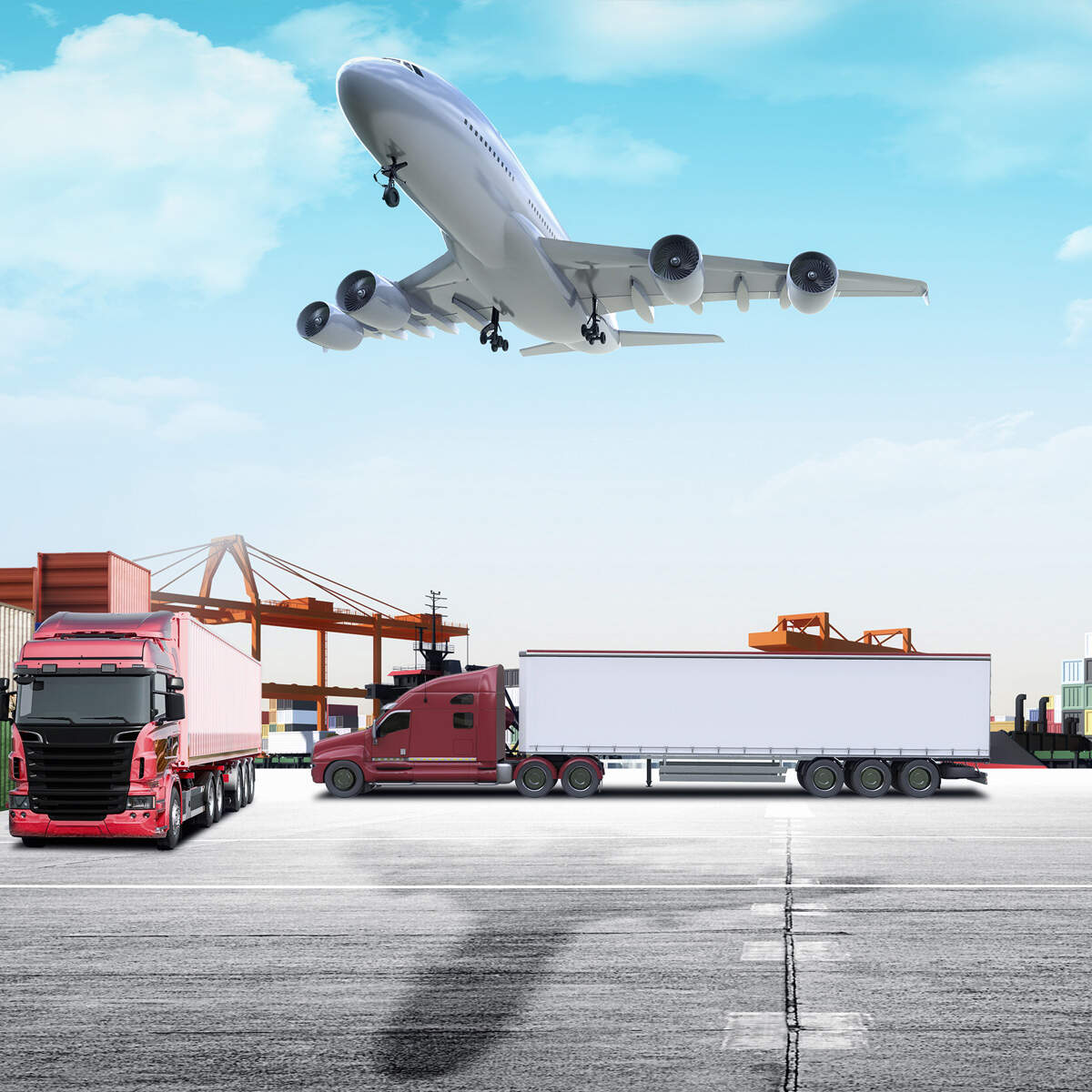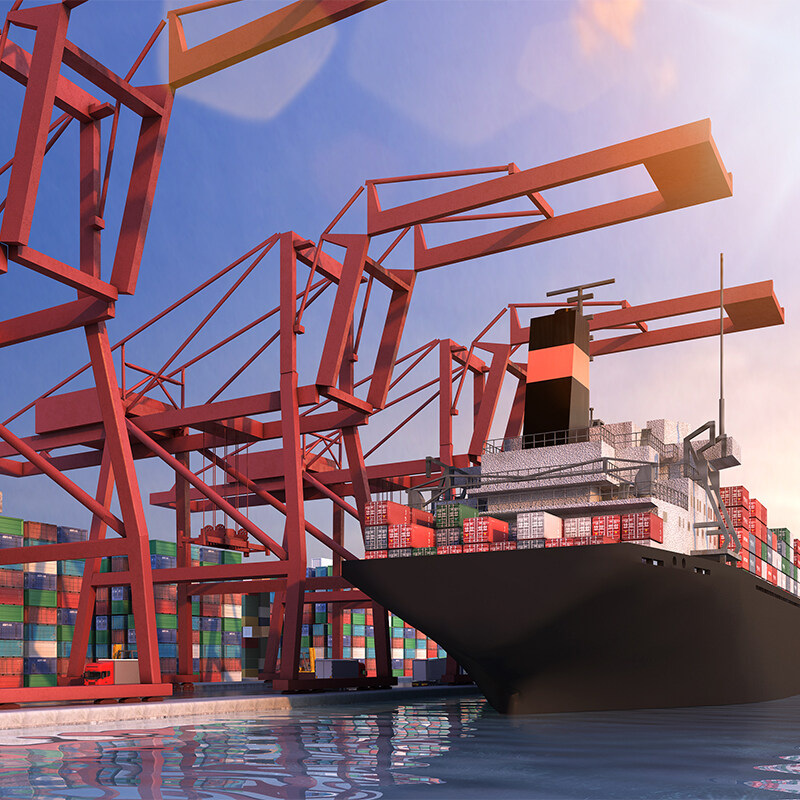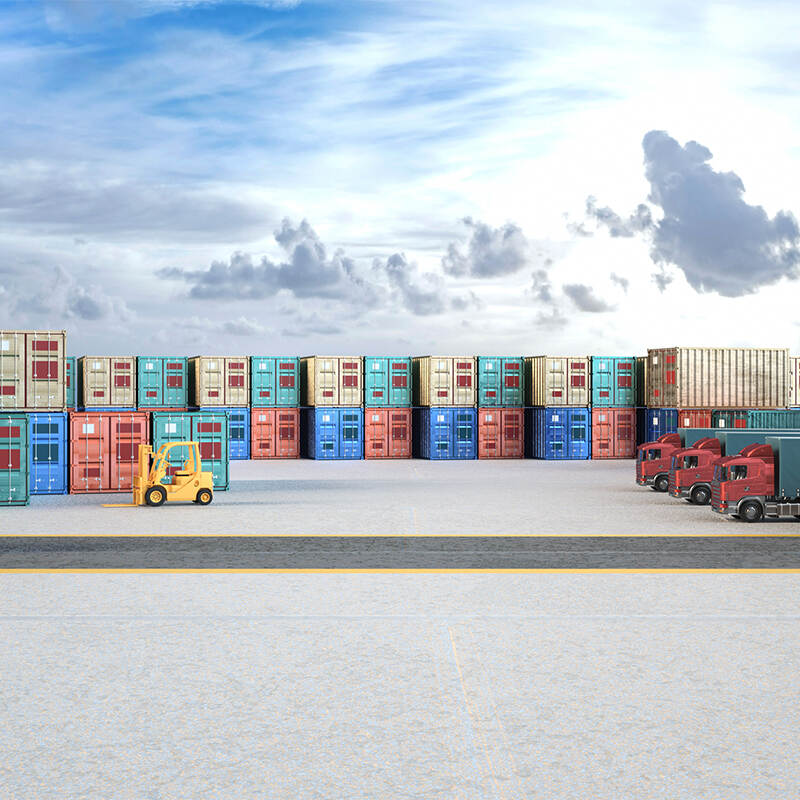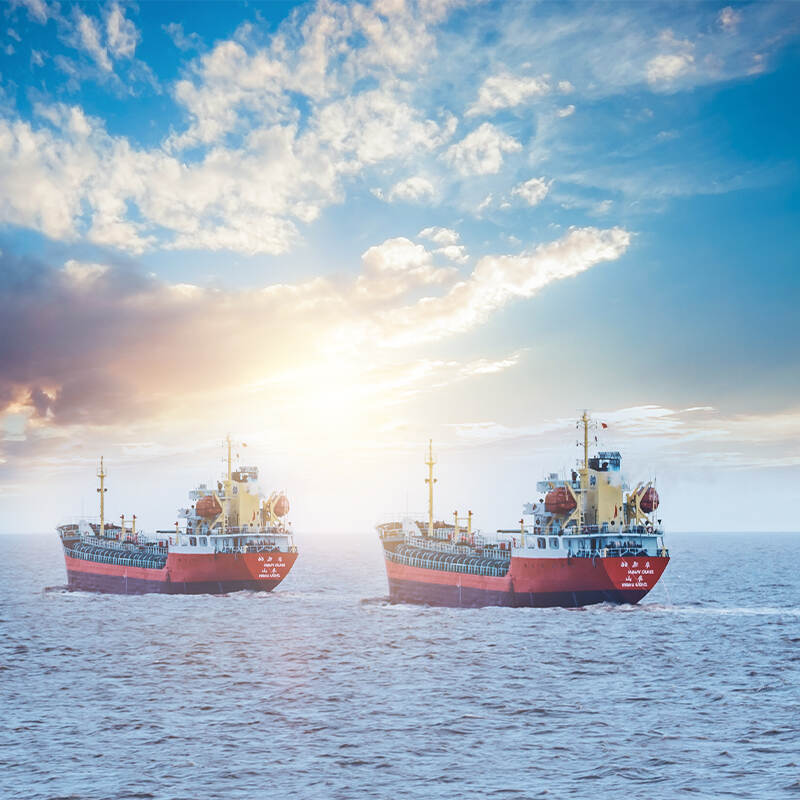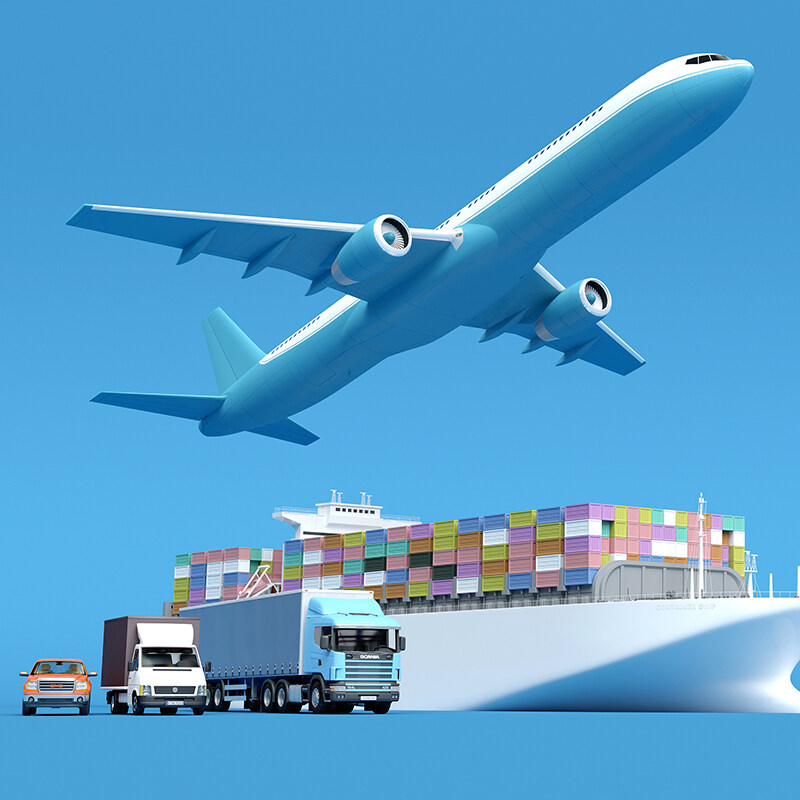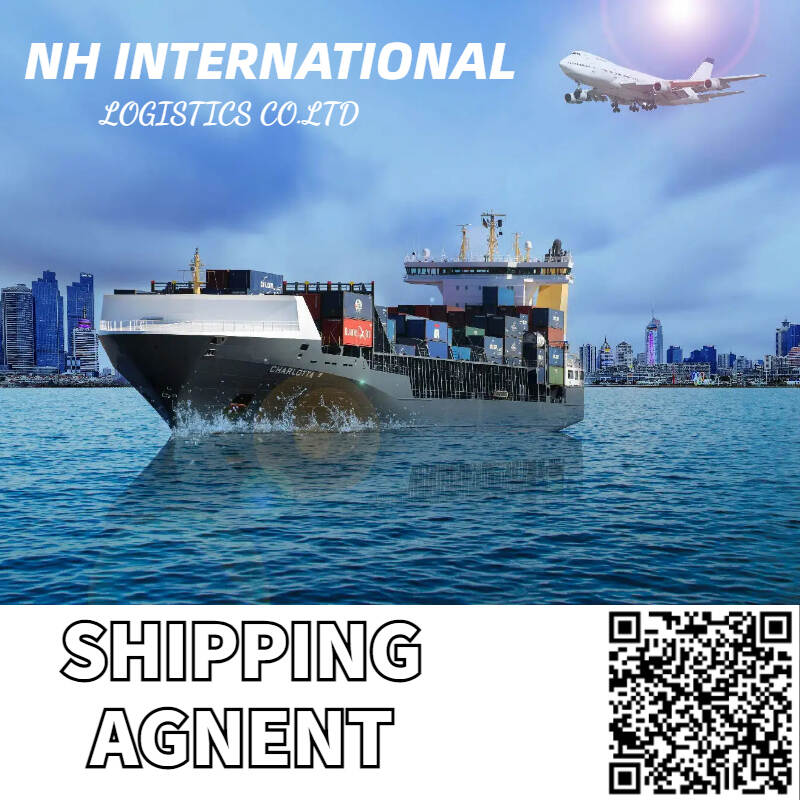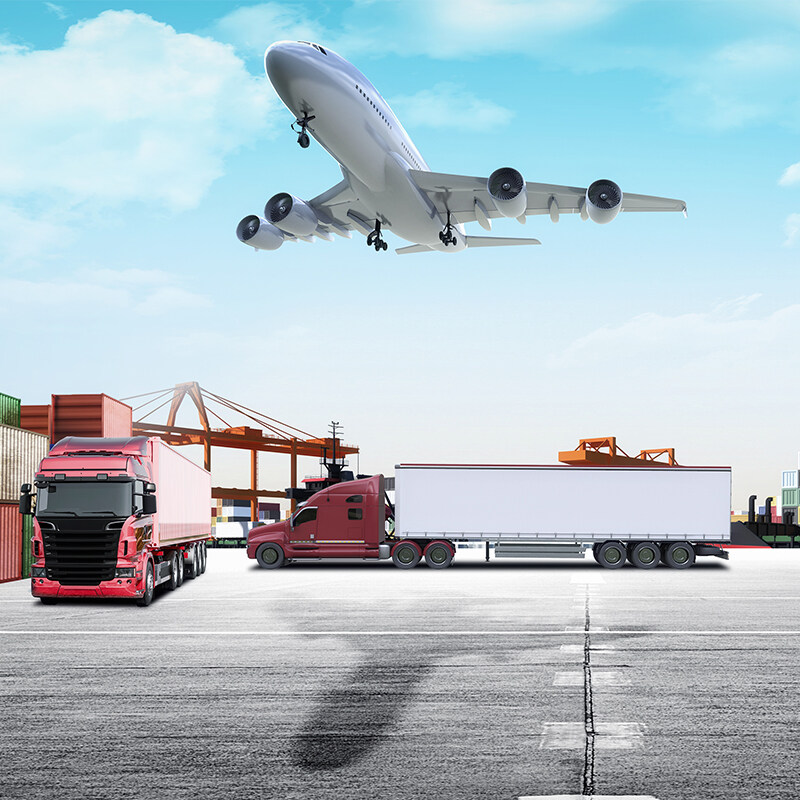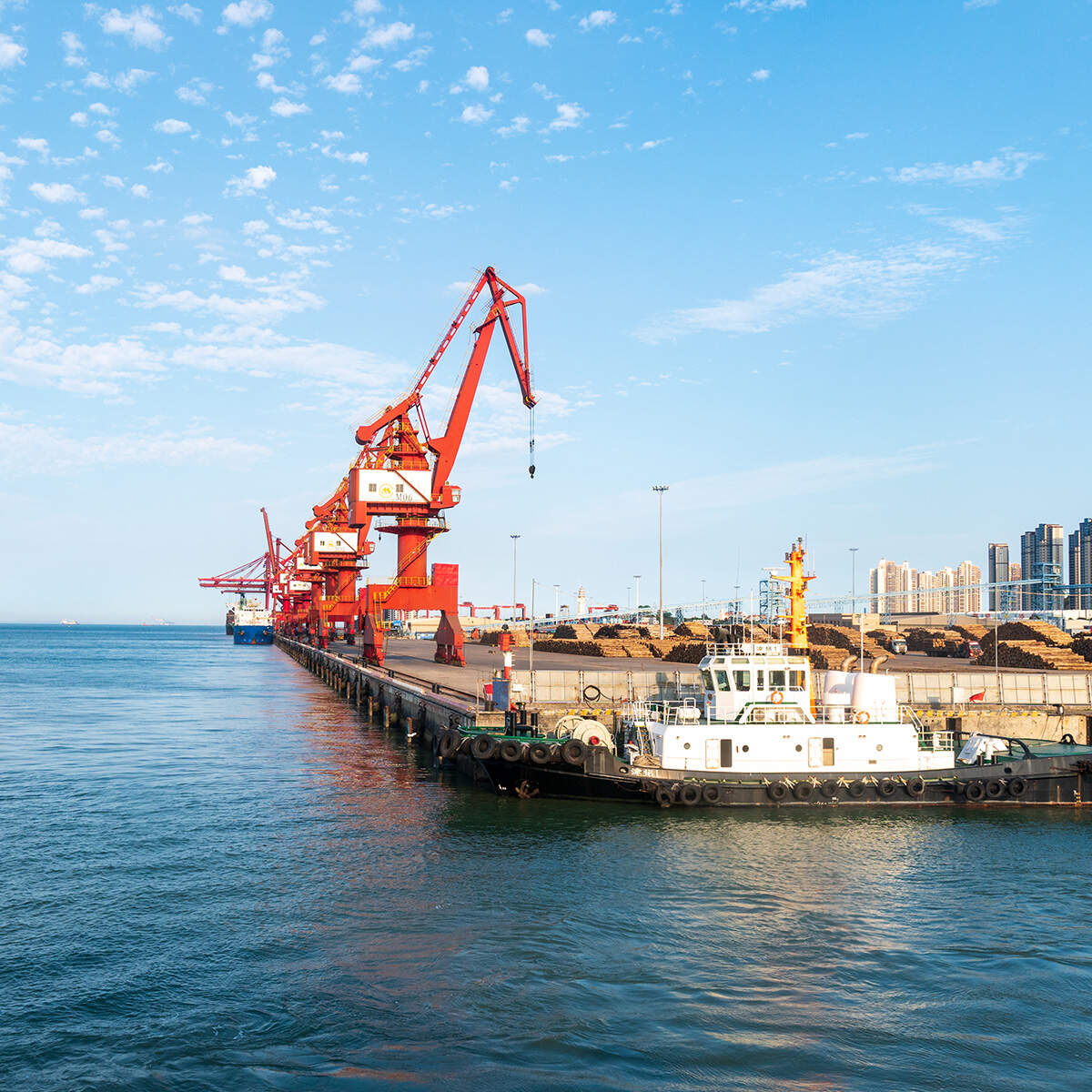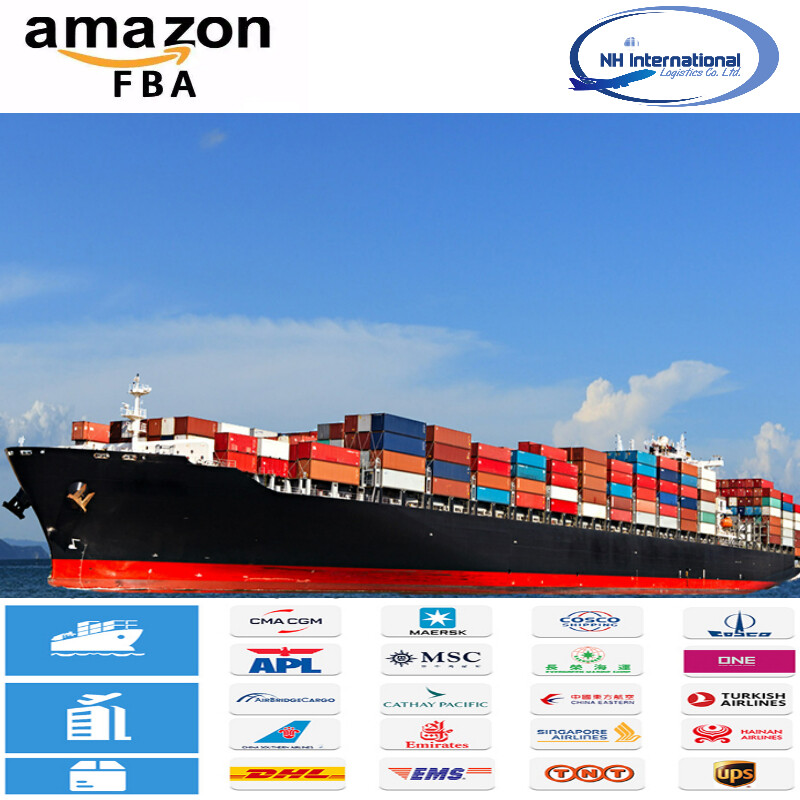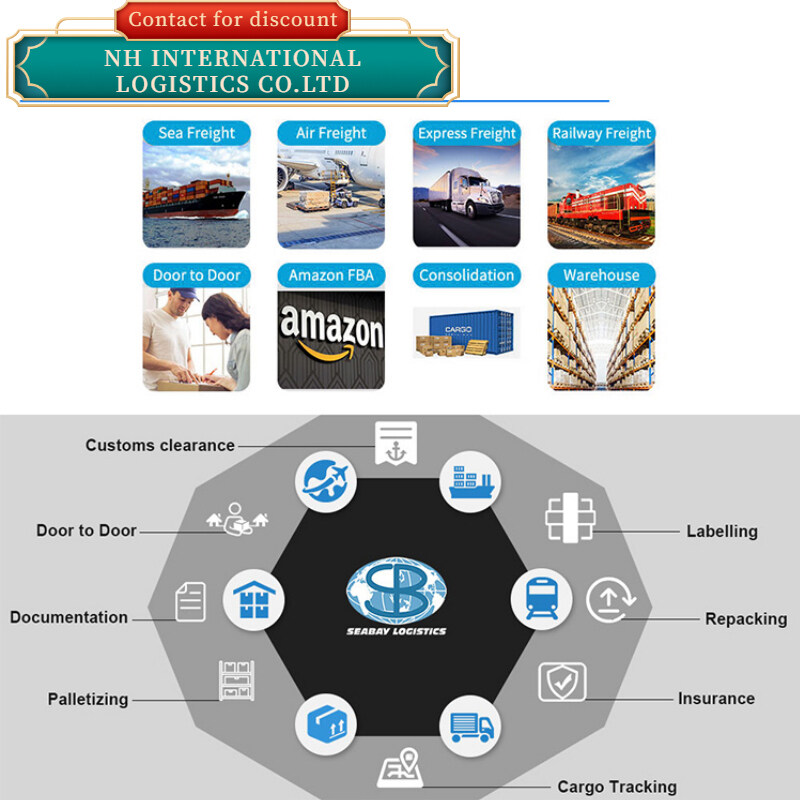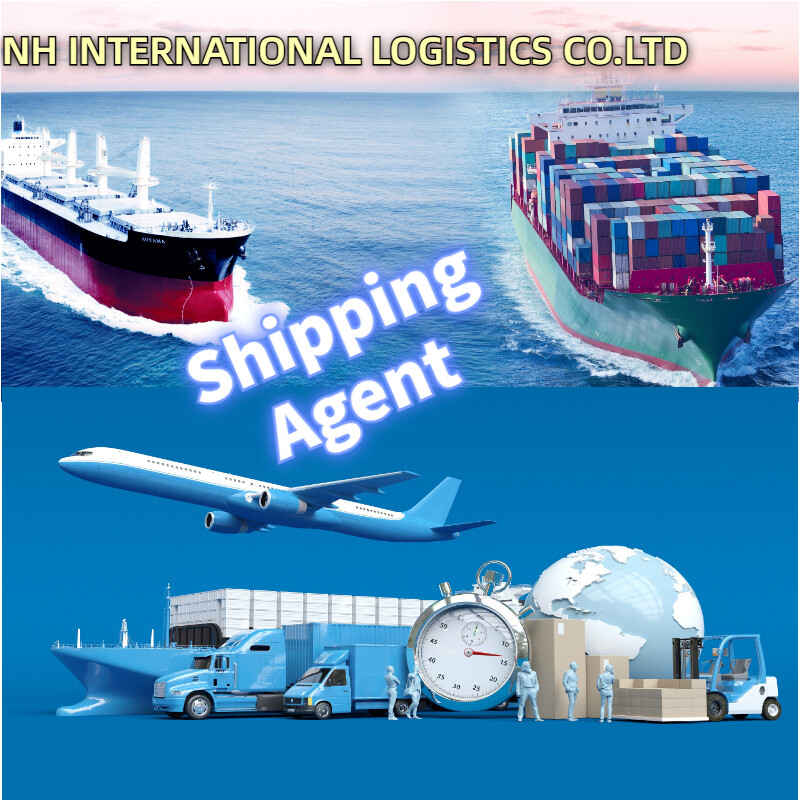Email format error
Email cannot be empty
Email already exists
6-20 characters(letters plus numbers only)
The password is inconsistent
Email format error
Email cannot be empty
Email does not exist
6-20 characters(letters plus numbers only)
The password is inconsistent

Sea shipment To FR Forwarder Service
We all know that the world markets are changing rapidly and the competition is fierce. For any shipper, sea transportation is a wide choice to provide transportation services for shippers with price economy.
Sea shipment From China To FR Forwarder Service
We all know that the world markets are changing rapidly, and the competition is fierce. For any shipper, sea transportation is a wide choice to provide transportation services for shippers at an affordable price.
Introduction
Importing products from China to France can be a challenging process. One issue is finding genuine manufacturers to deal with. Additionally, it can be difficult to know where to find the right products. Knowing where to source products can help in planning for shipping costs. China is approximately 8,042 km away from France. The sea routes between the countries are defined by bodies of water, which makes the distance even greater. These sea routes depend on the seaport locations in both countries. Sea shipping takes longer than air freight, but it's cheaper and can carry very bulky commodities.
Advantages of International Shipping
- Affordable Freight: The shipping industry offers the most competitive freight rates, especially for long-distance transportation. Ocean shipping is the most economical international shipping option.
- Transporting both Large and Small Goods: Regardless of the size of goods transported, sea transportation can meet basic transportation needs. Container ships are the ideal way to transport large quantities of goods.
- Carrying Capacity: Oversized, Heavy, and Bulky Cargo: The main advantage of sea transportation is that it can handle oversized, heavy, or bulky cargo, including large vehicles, equipment, and building materials.
- Safety: Ships are designed to safely transport dangerous materials and goods. Maritime transport is proficient in handling such goods and has formulated and improved relevant regulations to ensure the safety of ships, crew, goods, and the environment.
- Eco-Friendly: Sea transportation has a much lower carbon footprint compared to air transportation and many other transportation modes. The most carbon-efficient transportation mode. Carbon emissions continue to decline with technological progress and the launch of new ships and the use of liquefied natural gas (LNG) power options.
Sea Freight Cost from China to France
When planning to ship from China to France, it's important to consider all of the factors that affect shipment. These factors directly affect the cost of shipping. Some of these factors include:
- The nature of the port used
- The weight or measure of the items being shipped
- Importing from inland
- Full container load shipping fluctuation rates
- Seasonal factors
- Fines and fees charged
Advantages of international shipping
1. Economy: cheap freight
The shipping industry provides the most competitive freight for shippers, especially for long-distance transportation.
In contrast, shipping costs are typically four to six times lower than air transport. With low freight, ocean shipping is the most economical international shipping option.
2. In terms of efficiency: large and small goods can be realized
Regardless of the size of goods transported, sea transportation can meet basic transportation needs.
Smaller goods can be combined with other goods to fill the container, to realize the cost allocation of transportation services. Larger cargo can be filled with one or more containers, providing shippers with the option of bulk or bulk loading.
Container ships are the ideal way to transport large quantities of goods, and the original design is also based on the convenient way to transport large quantities of goods or raw materials.
3. Carrying capacity: oversized, heavy, and bulky cargo
The main advantage of sea transportation is that it can handle oversized, heavy, or bulky cargo, usually called bulk cargo or nontrailer (NIT) cargo, including large vehicles, equipment, building materials, etc.
For air transportation or road transportation, the goods are too heavy or too large, and it is relatively difficult to realize transportation. For container shipping, very large goods are not a problem at all.
On the other hand, port equipment is generally built by the government, and ships can be durable. The transportation cost of goods is relatively affordable, especially for large goods.
4. Safety angle: ensure safety and better closure
The ship is designed to safely transport dangerous materials and dangerous goods. Maritime transport is proficient in handling such goods and has formulated and improved relevant regulations to ensure the safety of ships, crew, goods, and the environment. With the improvement of maritime transportation safety, the rate of cargo loss caused by accidents in the transportation process is declining. The container is designed to keep the cargo sealed and locked during transportation, which further improves the security of cargo transportation.
5. Environment: friendly and environment-friendly
Compared with sea transportation, the carbon footprint of air transportation or many other transportation modes is much higher. From the perspective of environmental protection, sea transportation has a greater advantage.
On the other hand, ships provide the most carbon efficient transportation mode, and the exhaust emissions generated by each ton of cargo transportation are less than any other transportation mode. And with technical progress, the launch of new ships and the use of liquefied natural gas (LNG) power options, carbon emissions continue to decline.
